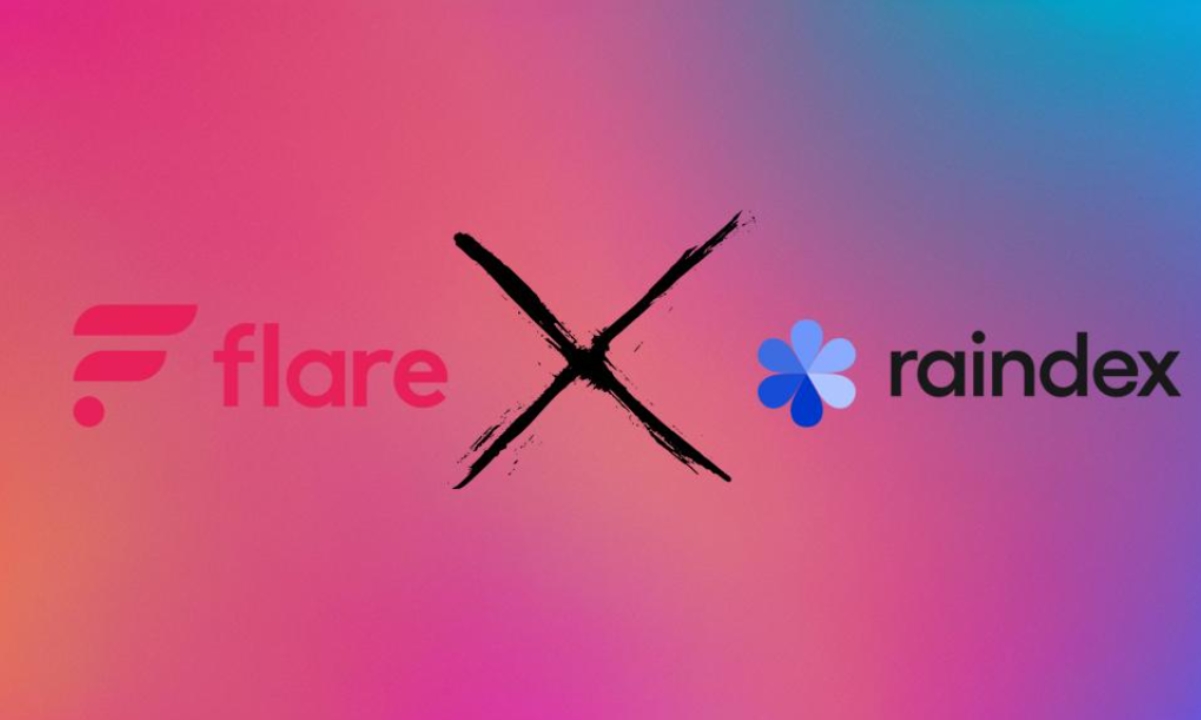
Blockchain technology has gained a significant following due to its immutable nature. By hosting multiple versions of a chain on numerous hardened servers around the world, blockchain ensures that past records are visible but cannot be altered. This feature provides a level of trust that surpasses single-version digital ledgers, regardless of their security measures.
Many users are now exploring the broader applications of blockchain beyond transaction recording. These include automated contract execution, scientific discovery, and logistics management. However, while blockchain excels in trustworthiness, it is essential to consider its reliability. Are there vulnerabilities within the technology that users may overlook when placing excessive trust in its ability to maintain integrity?
Recent tests conducted by Portugal’s University of Coimbra have revealed various faults that can disrupt smart contract execution and cause other issues within the blockchain. In the study, faults were injected into duplicate smart contracts, highlighting discrepancies that arose when compared to the original versions. The team detected failures in nearly 75% of all transactions, including execution halts and reversions back to the original state.
Moreover, blockchain can falter when exposed to excessive artificial intelligence-generated data. Misplaced trust in AI’s conclusions, coupled with a lack of explainability in the decision-making process, can jeopardize outcomes in sectors like healthcare. Adversarial attacks and biased outputs can enter blockchains without proper safeguards. Addressing this issue requires proactive implementation of measures to analyze blockchain performance when exposed to other AI platforms.
Additionally, automated processes within blockchains often rely on trusted external data. This introduces the need for oracles, which may not always be reliable. Research from Concordia University proposes a vetting system called BLOR to identify reputable and cost-efficient oracles. This system shares the results of incorporated oracles while algorithmic processes are running, facilitating the promotion of good oracles and the elimination of bad ones.
While external vulnerabilities exist, there are also ingrained aspects within blockchain that can prove unreliable. The anonymity of participants poses risks, as the identity of wallet-holders remains hidden. Transactions can be analyzed to identify hidden identities both inside and outside the chain, often to adhere to legal requirements. However, the battle between regulations and individuals seeking anonymity continues, with emerging tools to obfuscate digital trails.
It is crucial to recognize that no system, digital or otherwise, can be entirely reliable. However, blockchain deployments have proven highly effective thus far. As blockchain’s use cases grow and technologies surrounding digital ledgers become more sophisticated, the world economy will become increasingly dependent on blockchain. Consequently, efforts to ensure ever-greater levels of reliability should be prioritized as the consequences of blockchain failures become more significant.
In conclusion, blockchain’s immutability provides a high level of trust, but it is essential not to overlook potential vulnerabilities that may compromise its reliability. Continuous efforts to address these weaknesses and enhance the technology’s performance will be crucial as blockchain becomes increasingly integrated into various sectors.






